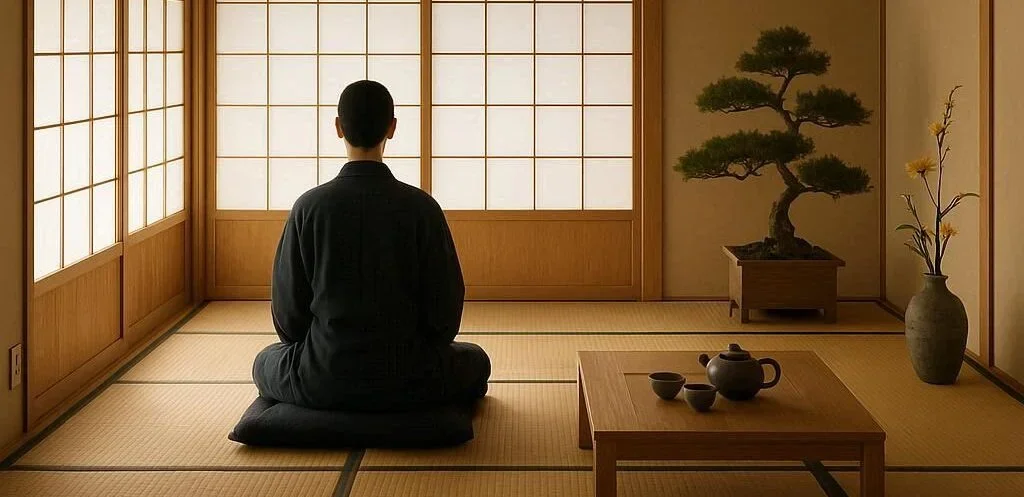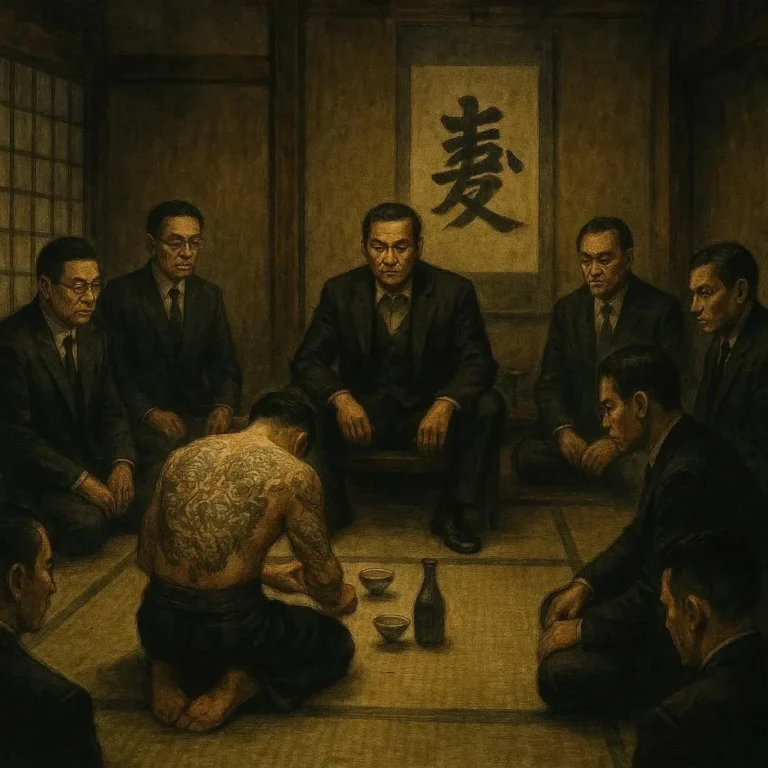512 views Rituals of Mindfulness: The Aesthetic of Wabi‑Sabi
In a world that often prizes perfection and speed, the gentle philosophy of wabi‑sabi offers a compelling counter‑spell. Rooted in Japanese aesthetics, wabi‑sabi honors the beauty of imperfection, impermanence, and incompletion. When paired with mindfulness practice, it creates a rich tapestry of inner calm and present‑moment awareness. This article explores how you can weave wabi‑sabi rituals into daily life, turning ordinary moments into sacred encounters with the unfinished story of the world.
Wabi‑Sabi: A Philosophy in Practice
Wabi‑sabi emerged from Zen Buddhism, tea ceremonies, and traditional Japanese craftsmanship. Unlike Western ideals that celebrate polished perfection, wabi‑sabi finds allure in rough edges, wear, and the subtle weathering of material. Three core principles anchor this aesthetic:
- Simplicity – stripping away excess to reveal the essence of a thing.
- Transience – recognizing that every form is temporary.
- Unexpectedness – embracing irregularities that bring depth and authenticity.
Together, these principles invite us to pause, observe, and develop a deeper relationship with the fleeting nature of existence.
Mindfulness Through the Lens of Wabi‑Sabi
Mindfulness is the practice of intentionally bringing attention to the present, without judgment. When you overlay wabi‑sabi on mindfulness, the practice transforms from a mechanical check‑off to an artful dance with life’s inessential moments. Here’s how the two intertwine:
- Observation of Imperfection: Instead of resisting flaws in ourselves or our surroundings, we pause to notice them consciously. This cultivates compassion, both toward ourselves and the world.
- Acceptance of Change: Wabi‑sabi teaches that all forms eventually decay. Mindful attention to this truth reduces resistance and fosters acceptance, a core mind‑body resilience skill.
- Engagement with the Ordinary: The aesthetic rewards everyday phenomena— a leaf’s uneven edge, a cracked ceramic cup. Mindfulness magnifies these simple details, turning routine tasks into opportunities for presence.
When practiced together, wabi‑sabi and mindfulness encourage a fluid, compassionate presence that honors the present moment’s incomplete story.
Rituals That Embody Wabi‑Sabi Mindfulness
Below are three intentional rituals that fuse mindfulness with the wabi‑sabi aesthetic. Each ritual is designed to be simple, requiring only a few minutes a day.
Morning Tea Ritual
A humble cup of tea can become a living mantra of imperfection. Choose a chipped teacup or a hand‑washed mug. Scent the tea leaves, press them into the cup, and note the kettle’s steam. Observe the surface of the liquid as it swirls, appreciating the way the waves mirror the cup’s handmade rim. This ritual invites you to start the day with a quiet reverence for the imperfect vessel that supports your warmth.
Evening Journaling with Impermanence
Before bed, sit at a small desk with a natural‑fiber notebook— the texture of its paper echoes the rawness of wabi‑sabi. Write three thoughts: one small success, one small challenge, and one gratitude that felt fleeting. Don’t edit or embellish; let the words flow loosely. Afterwards, fold the page into a soft origami crane or simply leave it loose. This simple act of writing and folding reminds you that your thoughts, like paper, are draft materials— ever‑changing, ever‑unfinished.
Mindful Nature Walks: Embracing Irregularity
Take a short walk in any green space—a roadside meadow, a city park, even a balcony. As you wander, scan the landscape for irregularities: uneven bark, a bird’s scribbled track, or a patch of moss shifted by wind. Use all your senses to notice the colors, textures, and sounds. When your mind drifts, return to the irregular objects, and breathe in the unscripted beauty that surrounds you.
Designing Your Space with Wabi‑Sabi Principles
Home design can be a canvas for wabi‑sabi mindfulness. Here are a few practical tips:
- Limited Color Palette: Choose muted, natural hues that echo the outdoors.
- Natural Materials: Opt for wood, bamboo, stone, or paper that show grain, knots, and weathering.
- Intentional Clutter: Keep a single decorative piece that tells a story— like a weather‑worn bowl or a faded photograph – to anchor reflection.
- Layered Lighting: Use candles or lanterns that create soft, wavy shadows.
By curating your surroundings around these elements, you train yourself to see beauty in asymmetry and the subtly worn.
Mindful Eating: The Wabi‑Sabi Plate
Food is a powerful gateway to mindfulness. Adopt a wabi‑sabi approach by:
- Choosing seasonal, locally sourced ingredients. The slightest seasonality shift will personalize the dish.
- Presenting food in simple, rustic settings— a wooden board or a ceramic bowl that bears faint lines.
- Eating slowly, focusing on textures and the aroma of cooking oil. Notice how the surface of a bowl changes with each bite.
This mindful eating practice reminds you that flavors evolve and that honoring each bite cultivates gratitude.
The Psychological Benefits of Wabi‑Sabi Mindfulness
Research on aesthetics and mental health suggests that engaging with imperfect beauty can:
- Reduce anxiety by fostering a sense of acceptance.
- Enhance creativity, as the brain rewires toward flexible thinking.
- Increase resilience, encouraging a “let‑go” attitude in stressful situations.
Qualitative studies already show that people who integrate wabi‑sabi rituals report greater life satisfaction. The combined practice of mindful observation and appreciation of imperfection cements a psychological foundation that balances the frenetic pace of modern life.
Conclusion
Bringing wabi‑sabi into daily rituals is not about inventing new practices—it’s about rediscovering the beautiful quiet hidden within ordinary moments. Whether you sip tea from a chipped cup, fold a newspaper article into a crane, or simply pause on a cracked stone path, you create intentional spaces where mindfulness flourishes. In honoring imperfection, you honor yourself.
Embrace the aesthetic of wabi‑sabi, and let each unfinished story remind you that true beauty lies in the journey, not the end point.







